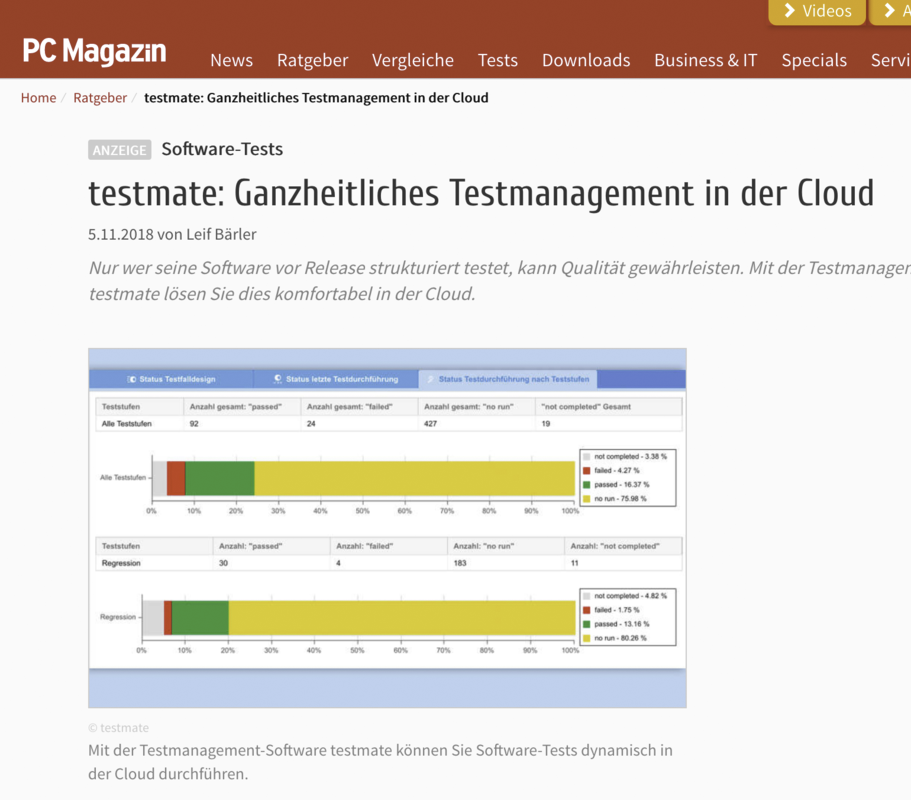Christmas with GQ
The traditional testmate Christmas party took place again this year.
We laughed a lot, celebrated and enjoyed the time together.
A Merry Pre-Christmas Season wishes the testmate team!

The traditional testmate Christmas party took place again this year.
We laughed a lot, celebrated and enjoyed the time together.
A Merry Pre-Christmas Season wishes the testmate team!

After a two-year break, the GQ family finally celebrated at the Wiesn again.
We enjoyed the evening and had a great time!

Over the last few months, our team in Germany and our nearshore team have been working hard together on a new design for our website, while trying to make it more intuitive. We are now full of joy to share our website with you with new content, features and a new design!
Despite the current circumstances, we at GQ-Technologies decided to hold our traditional Christmas party as usual. We laughed a lot, celebrated and had great fun during the evening. According to the motto “joy shared is joy doubled” we would like to give a little insight into our GQ family and wish you and your loved ones a Merry Christmas and a Happy New Year!



New features and improvements
With Release 2.5.1, the focus has been on updating the frameworks used for the testmate software. This has resulted in increased scalability and improved client response times. Furthermore, new customer requirements have been implemented.
Functional enhancements:
Furthermore, bugs have been fixed to increase stability and usability.

New features and improvements:
In response to a variety of requests, we have implemented the following new features:
Functional enhancements:
Handling improvements:
In addition, bugs have been fixed to further improve stability and usability.
Already delivered in the last deployment was the possibility to further use file types for file attachments, such as .msg or eml.

New features and improvements:
Test case design:
Test cases (both logical and concrete test cases) referenced in the Test Execution module are retained in the Test Case Design module after deletion, if desired. in the Test Case Design module. In this case, they will be displayed there as crossed out.
This way, the previous test execution results for these test cases remain visible, even though the test case no longer exists.
Faster navigation/jump between concrete test cases and test sets:
From a concrete test case, it is now possible to navigate directly to the test set containing the test case via the “Go to test set” button or via the corresponding context menu.
Clicking on this button or the corresponding context menu opens a tree view with all test sets (in their respective hierarchy) that contain this specific test case.
that contain this specific test case.
Here, the test set to be displayed can be selected and navigated to via double-click or context menu.
Saving the individual display
The state of the tree structure (collapsed or expanded state of each tree node) is now stored user-specifically for all modules.
In addition, the selected column widths of the concrete test cases in the Test Case Design module are saved per user.
Further improvements
The following points have also been optimized as part of the continuous improvement process:
In its online edition, PC Magazin reports on testmate in its guide to software testing.
“testmate maps the entire test process as a holistic test management software: In the tool, test managers create a test concept, define test coverage, describe test cases, plan test executions and create test reports.”
PC Magazine : testmate Article


New features and improvements:
With the rollout of Release 2.1.4 in production, we complete the structured test process in terms of requirements coverage with testmate and further improve the intuitive user interface.
New Test Object Design module
Direct links from other applications to testmate test cases
Further improvements
As part of the continuous improvement, the following topics have also been improved:

New functions and improvements
Right mouse button menu:
Faster navigation between design and planning in test sets:
Copy function of logical test case steps: